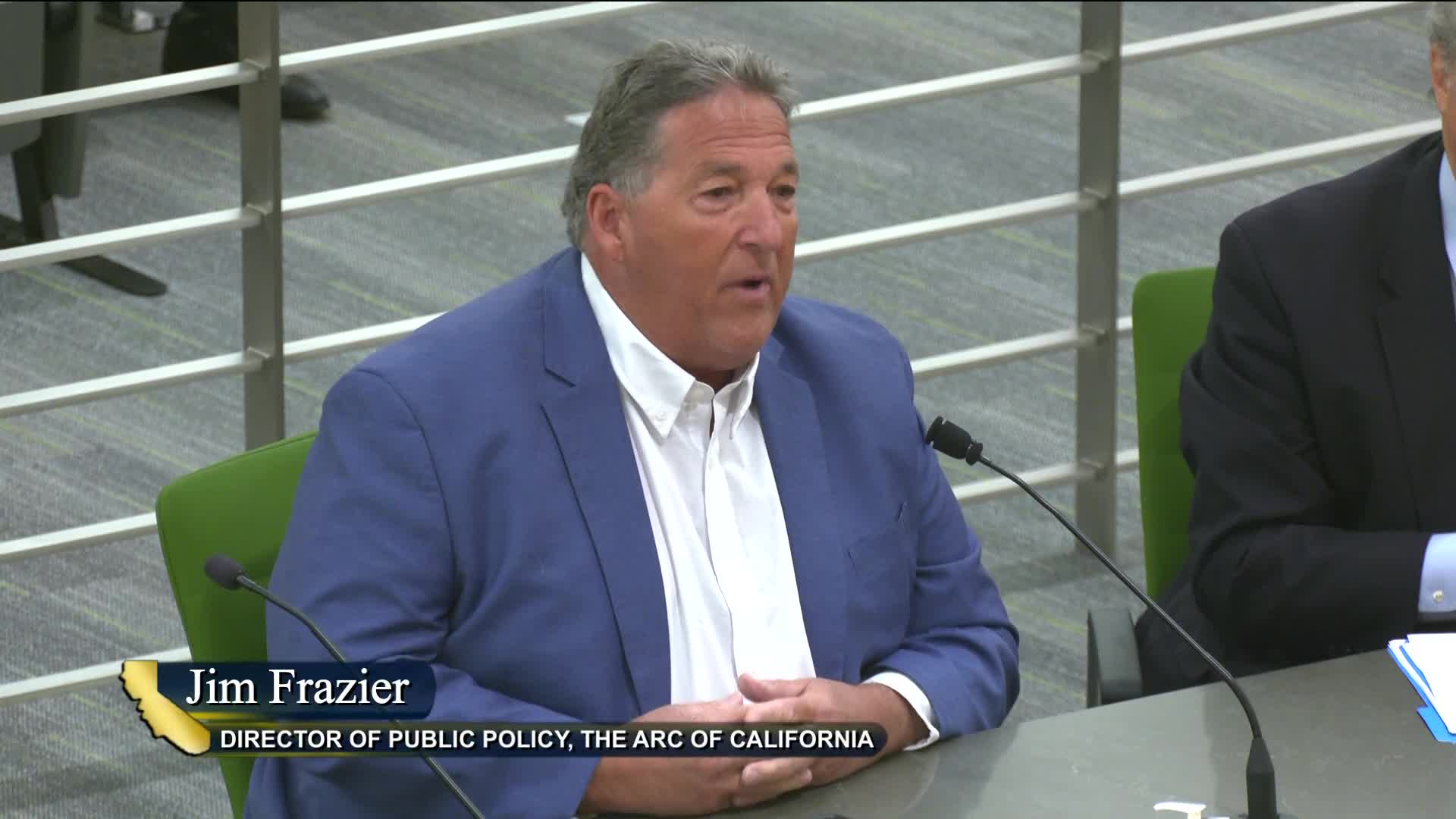California experts address emergency evacuation needs for disabled individuals
March 05, 2025 | California State Senate, Senate, Legislative, California
This article was created by AI summarizing key points discussed. AI makes mistakes, so for full details and context, please refer to the video of the full meeting. Please report any errors so we can fix them. Report an error »

Accessibility for individuals with disabilities took center stage during a recent joint hearing of the California State Senate's Legislative Audit Committee and the Joint Legislative Committee on Emergency Management. Key discussions highlighted the urgent need to improve emergency egress plans for vulnerable populations during disasters.
Mr. Frazier, a prominent speaker at the meeting, emphasized that while significant strides have been made in creating accessible environments, the same cannot be said for emergency evacuation protocols. "We haven't done a good job on egress during natural disasters, catastrophes, or active shooter situations," he stated, pointing out the complex challenges faced by individuals with both visible and unseen disabilities.
Frazier proposed that emergency plans must be tailored to meet the unique needs of these populations. He suggested that Individualized Education Programs (IEPs) for children and Individual Program Plans (IPPs) for adults should include specific strategies for ensuring safety during emergencies. "The registry is a phenomenal idea," he noted, advocating for enhancements that would allow all jurisdictions to effectively respond to the needs of individuals with disabilities.
A critical concern raised was the lack of emergency evacuation plans in special education classrooms across California. Frazier highlighted that current protocols, such as "drop and take cover" during earthquakes, do not accommodate the capabilities of many students with disabilities. He called for a reevaluation of these strategies to ensure that all students can safely navigate emergencies.
The discussions underscored a pressing need for comprehensive planning and training to protect California's most vulnerable residents during crises. As the state prepares for future emergencies, the call for inclusive and effective safety measures remains paramount.
Mr. Frazier, a prominent speaker at the meeting, emphasized that while significant strides have been made in creating accessible environments, the same cannot be said for emergency evacuation protocols. "We haven't done a good job on egress during natural disasters, catastrophes, or active shooter situations," he stated, pointing out the complex challenges faced by individuals with both visible and unseen disabilities.
Frazier proposed that emergency plans must be tailored to meet the unique needs of these populations. He suggested that Individualized Education Programs (IEPs) for children and Individual Program Plans (IPPs) for adults should include specific strategies for ensuring safety during emergencies. "The registry is a phenomenal idea," he noted, advocating for enhancements that would allow all jurisdictions to effectively respond to the needs of individuals with disabilities.
A critical concern raised was the lack of emergency evacuation plans in special education classrooms across California. Frazier highlighted that current protocols, such as "drop and take cover" during earthquakes, do not accommodate the capabilities of many students with disabilities. He called for a reevaluation of these strategies to ensure that all students can safely navigate emergencies.
The discussions underscored a pressing need for comprehensive planning and training to protect California's most vulnerable residents during crises. As the state prepares for future emergencies, the call for inclusive and effective safety measures remains paramount.
View full meeting
This article is based on a recent meeting—watch the full video and explore the complete transcript for deeper insights into the discussion.
View full meeting
